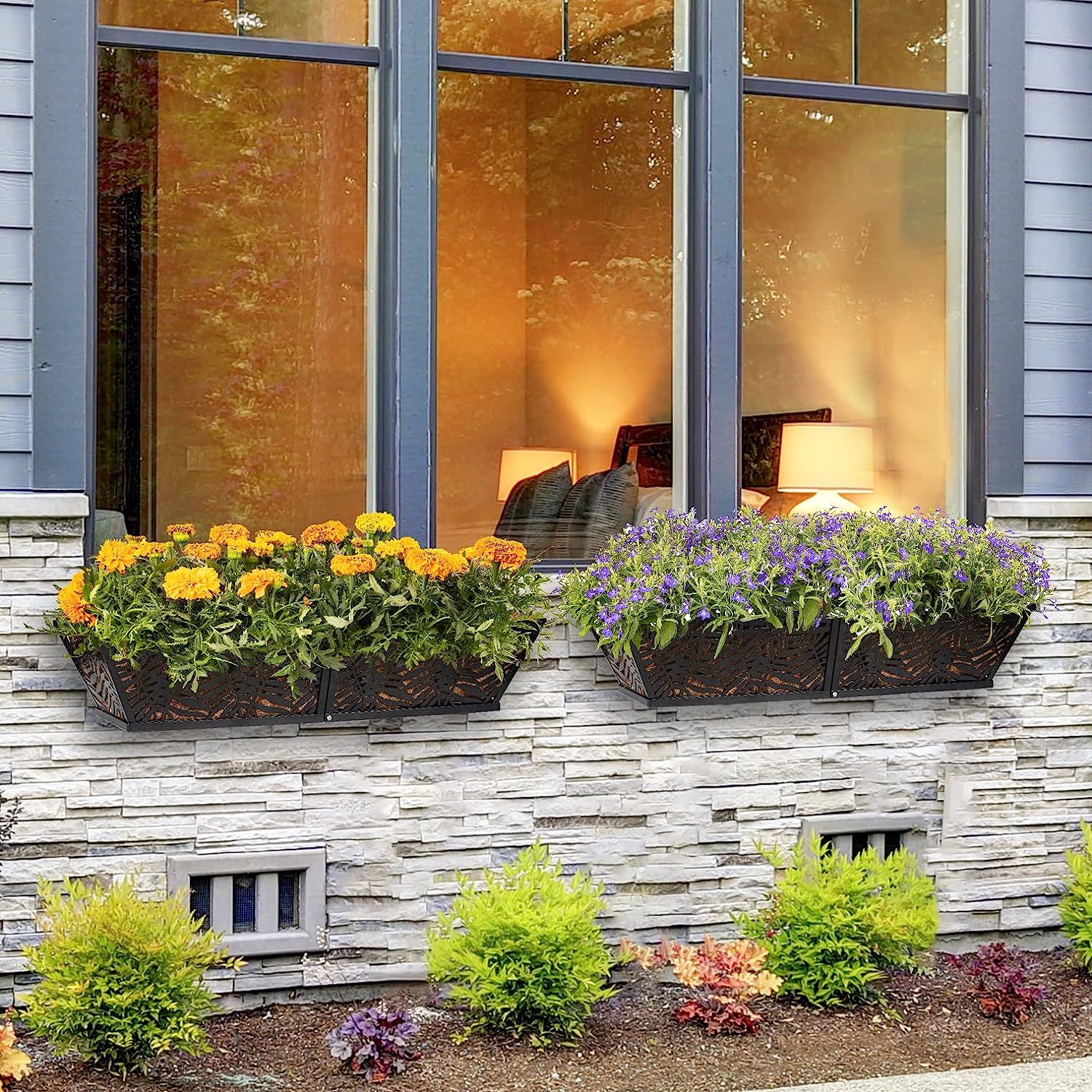

Articles
How To Hang Window Boxes
Modified: December 6, 2023
Learn how to hang beautiful window boxes in your garden with our step-by-step guide. Transform your outdoor space and showcase your green thumb.
(Many of the links in this article redirect to a specific reviewed product. Your purchase of these products through affiliate links helps to generate commission for Storables.com, at no extra cost. Learn more)
Introduction
When it comes to adding charm and beauty to your home’s exterior, window boxes are a delightful choice. Window boxes not only provide an opportunity to showcase your green thumb but also create an inviting ambiance that enhances the overall aesthetic appeal of your property. Whether you have a sprawling garden or limited outdoor space, hanging window boxes can transform your windows into stunning focal points.
In this guide, we will show you how to hang window boxes step by step, ensuring a secure and visually pleasing installation. From choosing the right window box to adding decorative elements, we’ve got you covered. So, let’s dive in and bring life and color to your windows!
Key Takeaways:
- Elevate your home’s exterior with charming window boxes that showcase your gardening skills and enhance curb appeal. Follow the step-by-step guide to create stunning, visually appealing displays that bring life and color to your windows.
- From choosing the right window box to adding decorative elements, each step is crucial in ensuring a secure and visually pleasing installation. Get creative and have fun with your window box design to express your unique style and bring joy and beauty to your home’s exterior.
Read more: How To Hang Window Boxes On Vinyl Siding
Step 1: Choosing the right window box
Choosing the right window box is crucial to ensure a successful installation that not only complements your home’s exterior but also provides an ideal environment for your plants to thrive. Here are a few factors to consider when selecting a window box:
- Material: Window boxes are available in various materials, including wood, metal, plastic, and fiberglass. Each material has its own advantages and drawbacks. Wood window boxes offer a rustic and natural look but require more maintenance. Metal window boxes are durable and weather-resistant but may be prone to rust. Plastic and fiberglass window boxes are lightweight, low-maintenance, and resistant to rot and fading.
- Size: Consider the size of your windows and the available space for mounting the window box. Ideally, the width of the window box should be slightly smaller than the width of the window frame to ensure a proportional and balanced look.
- Drainage: Look for a window box with adequate drainage holes or the option to add them. Proper drainage is essential to prevent waterlogging and ensure the health of your plants.
- Style: Choose a window box style that complements the architectural style of your home. Whether you prefer a classic, contemporary, or ornate design, there are plenty of options to match your personal taste.
- Budget: Set a budget for your window box project and explore options within your price range. Remember, quality is important, so invest in a window box that will withstand the elements and last for years.
Consider these factors and browse through different styles and options to find the perfect window box for your home. Once you have chosen the right window box, you are ready to move on to the next step of the installation process.
Step 2: Gathering the necessary tools and materials
Before you start the installation process, it’s important to gather all the necessary tools and materials. Having everything on hand will ensure a smooth and efficient installation. Here’s a list of what you’ll need:
- Tape measure: Use a tape measure to accurately measure the dimensions of your window and determine the appropriate size for your window box.
- Pencil: A pencil will be handy for marking the placement of the window box and brackets.
- Drill: You’ll need a drill to create holes for the brackets and any necessary screws.
- Screwdriver: A screwdriver, preferably electric or cordless, will be used to secure the brackets and window box in place.
- Level: A level will help ensure that your window box is properly aligned and straight.
- Brackets or supports: Depending on the type of window box and the weight it will bear, you’ll need brackets or supports to attach the window box to the wall.
- Screws or nails: Choose the appropriate screws or nails to secure the brackets and window box.
- Window box liner: If your window box does not have built-in drainage, consider using a liner to prevent water accumulation and protect the wood or metal from moisture.
- Plants and potting soil: Finally, select the plants you wish to display in your window box and have potting soil ready to fill it.
Make sure you have all these tools and materials readily available before you begin. This will save you time and prevent any delays during the installation process. With everything in place, you can move on to the next step of measuring and marking the placement of the window box.
Step 3: Measuring and marking the placement of the window box
Accurate measurements and proper placement are essential for a visually appealing and secure installation. Follow these steps to measure and mark the placement of your window box:
- Using a tape measure, measure the width of your window. This will help determine the appropriate size for your window box.
- Next, consider the height at which you want to hang your window box. For aesthetic purposes, it is recommended to hang it at a height that aligns with the bottom of the window sill or slightly below.
- Using a pencil, mark the desired height on both sides of the window.
- Now, measure the width of your window box. Subtract this width from the total window width to determine the spacing between the brackets.
- Divide the remaining space equally and mark the positions for the brackets on the wall or window frame.
- Make sure the marked positions are level using a bubble or laser level. Adjust if necessary.
Once you have accurately measured and marked the placement of your window box and brackets, you’re ready to move on to the next step of preparing the window box for installation.
Step 4: Preparing the window box for installation
Before you can hang your window box, it’s important to prepare it for installation. Follow these steps to ensure your window box is ready:
- Inspect the window box for any damage or defects. If you notice any cracks, splits, or loose parts, repair or replace the window box as needed.
- If your window box does not have built-in drainage holes, consider drilling a few holes in the bottom to allow for proper drainage. This will prevent water from pooling and potentially damaging your plants.
- If you are using a window box liner, insert it into the window box. The liner will help retain moisture and protect the window box from water damage.
- Fill the window box with high-quality potting soil, leaving enough space for the plants to fit comfortably. Ensure the soil is evenly distributed and lightly compacted.
- Carefully select the plants you want to display in your window box. Consider factors such as sunlight requirements, color coordination, and plant growth habits.
- Arrange the plants in the window box, placing taller plants towards the back and trailing plants towards the front. This will create a visually pleasing arrangement.
- Water the plants thoroughly to ensure they are well-hydrated before installation. This will help them adjust to their new environment more easily.
By properly preparing your window box, you are setting the stage for a successful and beautiful display. With the window box ready, it’s time to move on to the next step of installing the brackets or supports.
When hanging window boxes, make sure to use sturdy brackets or hooks that can support the weight of the box and the plants. Position the brackets evenly to ensure the box is level and secure. Use a level to double-check before fully tightening the screws.
Read more: How To Hang Curtains With Arched Window
Step 5: Installing the brackets or supports
Installing brackets or supports is an important step in ensuring the stability and proper support of your window box. Follow these steps to install the brackets:
- Hold the bracket against the wall or window frame at the marked position. Make sure it is level with the help of a bubble or laser level.
- Using a pencil, mark the screw holes on the wall or window frame through the holes in the bracket.
- Set the bracket aside and drill pilot holes at the marked positions. The pilot holes will make it easier to insert the screws and prevent the wall or window frame from splitting.
- Line up the bracket with the pilot holes and secure it in place by driving the screws through the bracket and into the wall or window frame.
- Repeat the process for the remaining brackets, making sure they are evenly spaced.
- Once all the brackets are securely installed, double-check their alignment and stability.
Depending on the type of window box and brackets you have chosen, you may also need to follow specific manufacturer instructions for installation. Some brackets may require additional steps or hardware to ensure a secure fit.
With the brackets or supports securely in place, you’re now ready for the next step of mounting the window box onto the brackets.
Step 6: Mounting the window box onto the brackets
Now that the brackets or supports are installed, it’s time to mount the window box onto them. Follow these steps to securely attach the window box:
- Align the window box with the installed brackets, ensuring it is centered and level.
- Depending on the type of brackets or supports you have, there may be pre-drilled holes or slots on the box that correspond to the bracket positions. If so, insert screws through the holes or slots and into the brackets.
- If your window box does not have pre-drilled holes or slots, hold the window box against the brackets and use a pencil to mark the screw positions on the box.
- Set the window box aside and drill pilot holes at the marked positions on the box.
- Align the pilot holes in the box with the brackets and secure the box in place by driving screws through the pilot holes and into the brackets.
- Ensure the window box is firmly attached to the brackets, checking for any movement or wobbling.
- Double-check the levelness and alignment of the window box, making adjustments if necessary.
By securely mounting the window box onto the brackets or supports, you can ensure that it will withstand outdoor elements and provide a stable foundation for your plants. With the window box in place, it’s time to move on to the next step of securing the window box in place.
Step 7: Securing the window box in place
Securing the window box in place is an essential step to prevent it from shifting or falling off the brackets. Follow these steps to ensure the window box is securely held in place:
- Check the stability of the window box by gently pushing and pulling on it. If you notice any movement, reinforce the attachment points by adding additional screws or nails.
- If the window box has any adjustable or locking mechanisms, make sure they are engaged and tightened to secure the box.
- Consider using metal straps or L-brackets to further reinforce the connection between the window box and brackets. These can be installed by drilling pilot holes, aligning the brackets, and securing them with screws or bolts.
- If your window box is large or heavy, you may want to add additional support by attaching corner brackets or angle brackets to the bottom corners of the box. These brackets can be secured to the wall or window frame using screws or anchors.
- Once the window box is securely fastened, give it a gentle shake to test its stability.
By taking the extra steps to ensure the window box is firmly secured, you can have peace of mind knowing it can withstand various weather conditions and remain in place. With the window box securely in place, you can now move on to the optional step of adding decorative elements or accessories.
Step 8: Optional: Adding decorative elements or accessories
Once your window box is installed and secured, you have the option to enhance its visual appeal by adding decorative elements or accessories. Here are some ideas to consider:
- Trailing vines or flowers: Planting trailing vines or flowers along the edges of your window box can create a cascading effect, adding beauty and dimension to your display.
- Window box liners: Consider adding a colorful or patterned liner that complements your home’s exterior. Liners not only add a decorative touch but also provide an extra layer of insulation and protection for your plants.
- Accessorize with outdoor decor: Choose decorative items like garden figurines, solar-powered lights, or small decorative items that coordinate with the overall style of your window box and home.
- Seasonal accents: Change the look of your window box throughout the year by incorporating seasonal elements, such as mini pumpkins for fall, holiday ornaments for winter, or blooming flowers for spring.
- Artificial flowers or greenery: If you prefer low-maintenance options, consider using artificial flowers or greenery. There are many realistic-looking options available that can add a colorful touch without the need for watering or maintenance.
- Paint or stain: Customize your window box by applying a fresh coat of paint or stain in a color that complements your home’s exterior. This can help tie the entire look together and make your window box stand out.
These decorative elements and accessories can help transform your window box into a focal point and enhance the overall aesthetic of your home’s exterior. Get creative and experiment with different combinations to find the perfect look for your window box!
With these steps completed, you have successfully learned how to hang window boxes and create an eye-catching display. Enjoy the beauty and charm that your window boxes bring to your home while you showcase your green thumb!
Read more: How To Hang Vertical Window Blinds
Conclusion
Adding window boxes to your home is a fantastic way to elevate its curb appeal and showcase your gardening skills. With the steps outlined in this guide, you are now equipped with the knowledge and know-how to hang window boxes successfully.
From choosing the right window box and gathering the necessary tools to measuring, marking, and securing the window box in place, each step plays an important role in ensuring a secure and visually appealing installation. By following these steps, you can create a stunning display that brings life and color to your windows.
Remember, the selection of materials, the arrangement of plants, and the inclusion of decorative elements or accessories allow you to add your personal touch and express your unique style. Get creative and have fun with your window box design!
Not only will your window boxes enhance the exterior of your home, but they will also bring joy and beauty to both you and your visitors. Enjoy watching your plants flourish and transform your windows into inviting, picturesque focal points throughout the seasons.
So, go ahead and bring nature closer to your home by hanging window boxes. Experience the satisfaction of gardening and marvel at the visual impact they create. Your efforts will be well worth it as you enjoy the beautiful views and receive compliments on your stunning window box display!
Frequently Asked Questions about How To Hang Window Boxes
Was this page helpful?
At Storables.com, we guarantee accurate and reliable information. Our content, validated by Expert Board Contributors, is crafted following stringent Editorial Policies. We're committed to providing you with well-researched, expert-backed insights for all your informational needs.
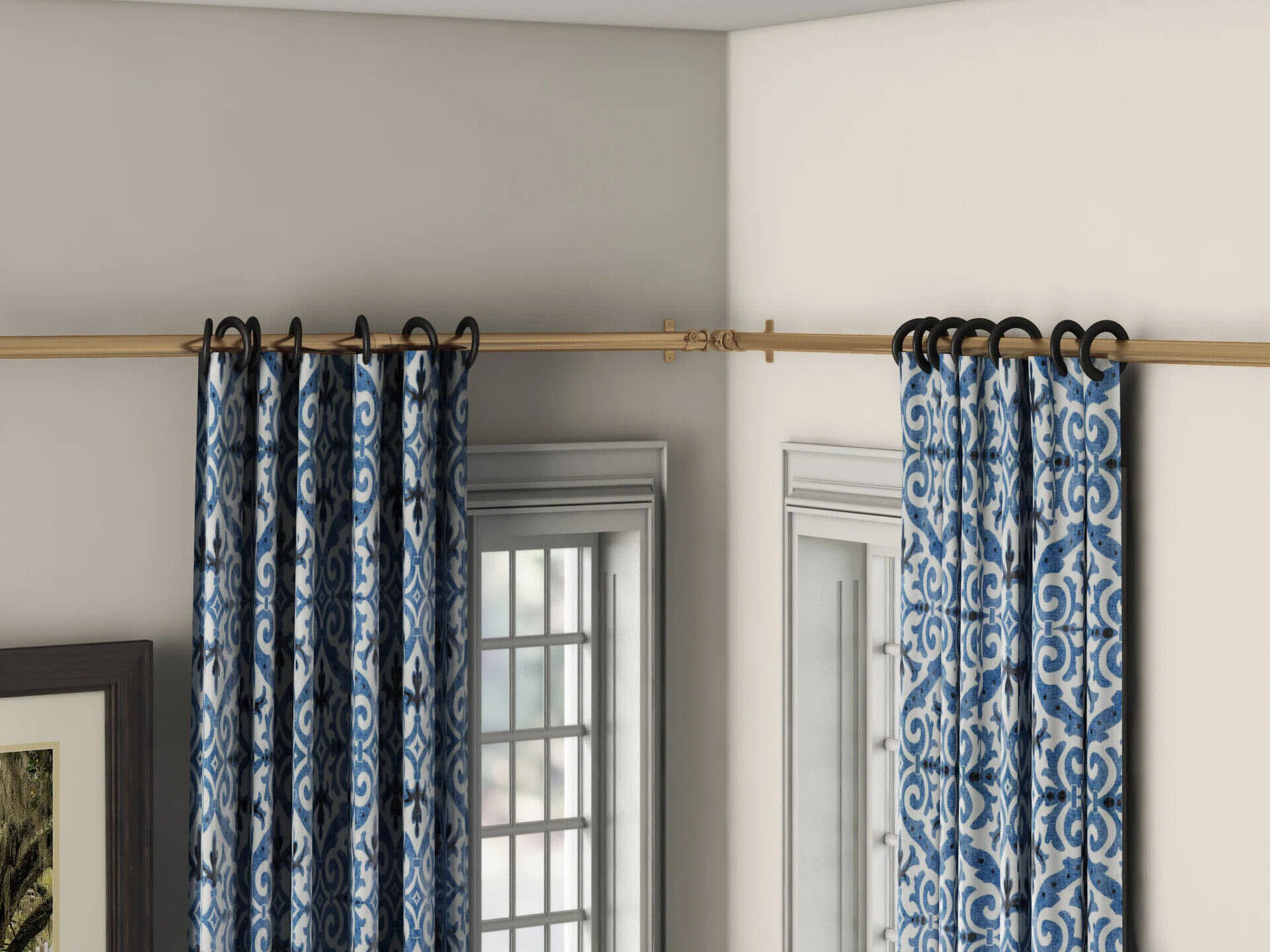

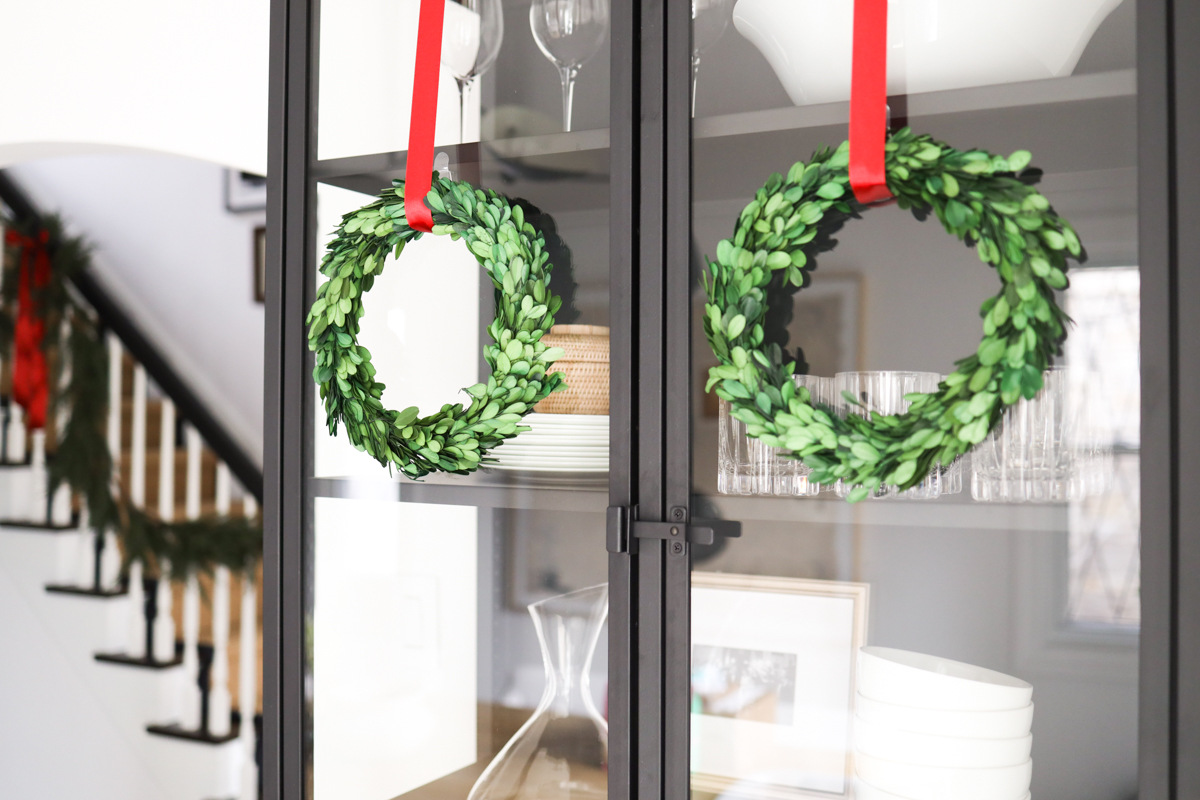
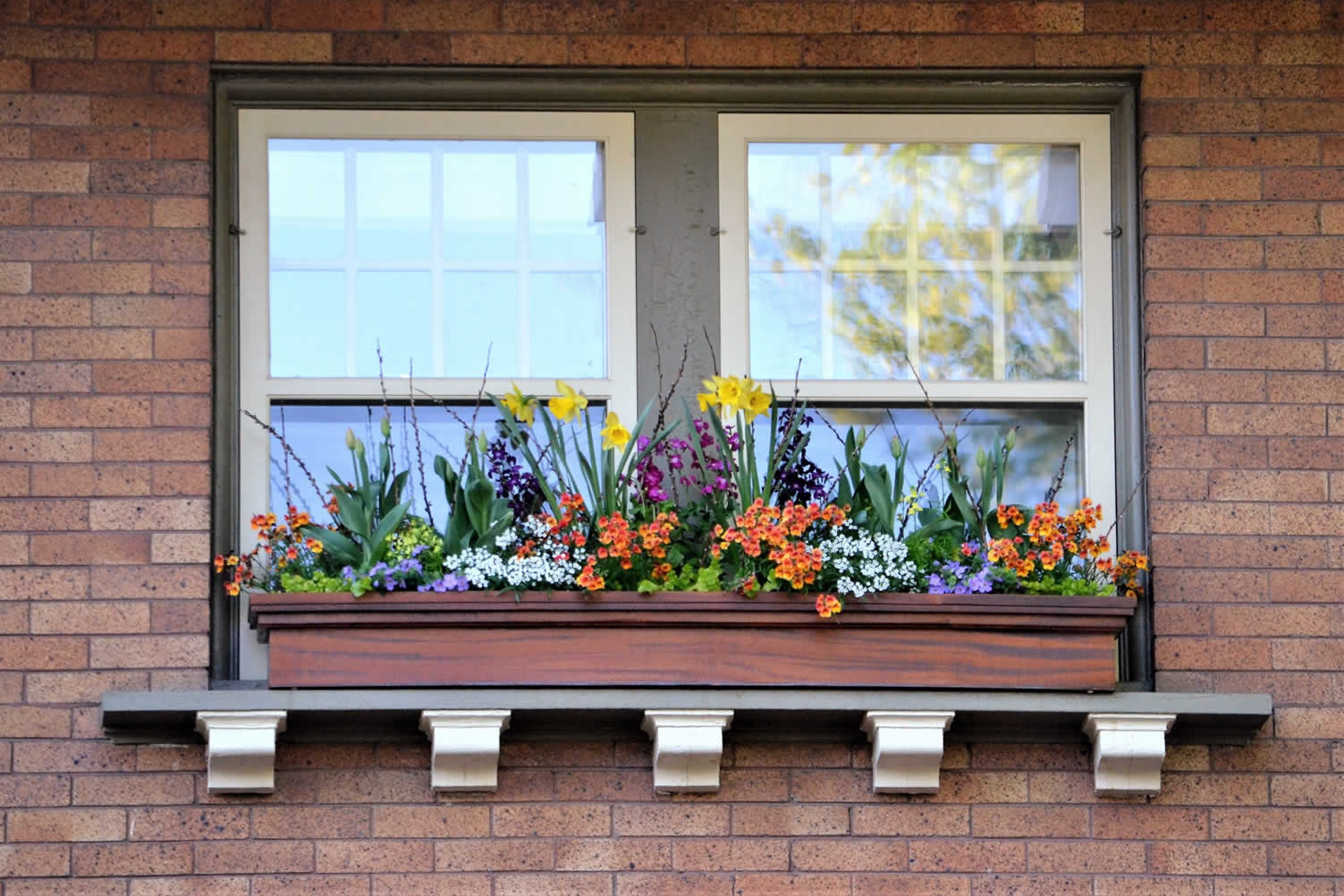
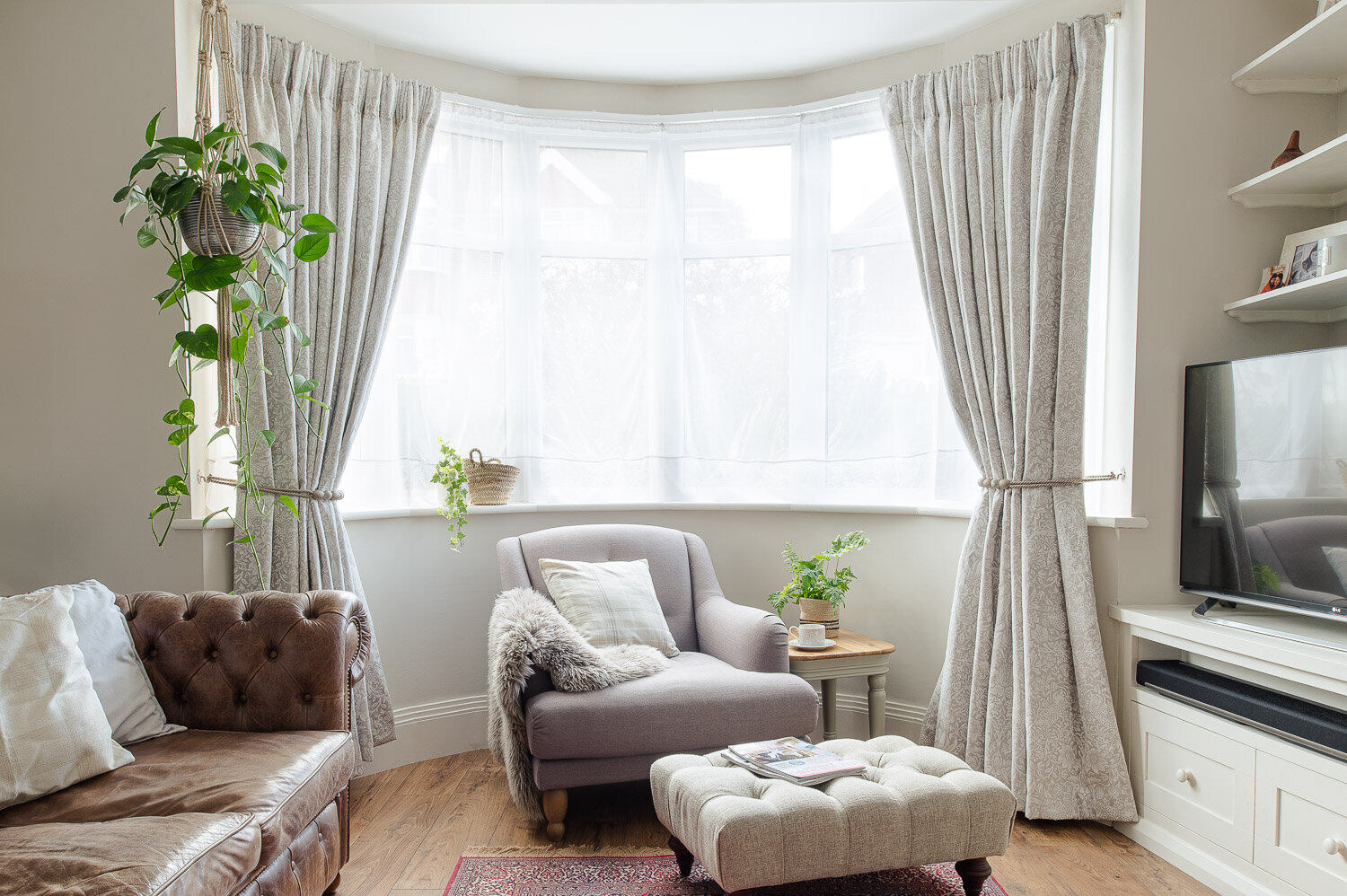
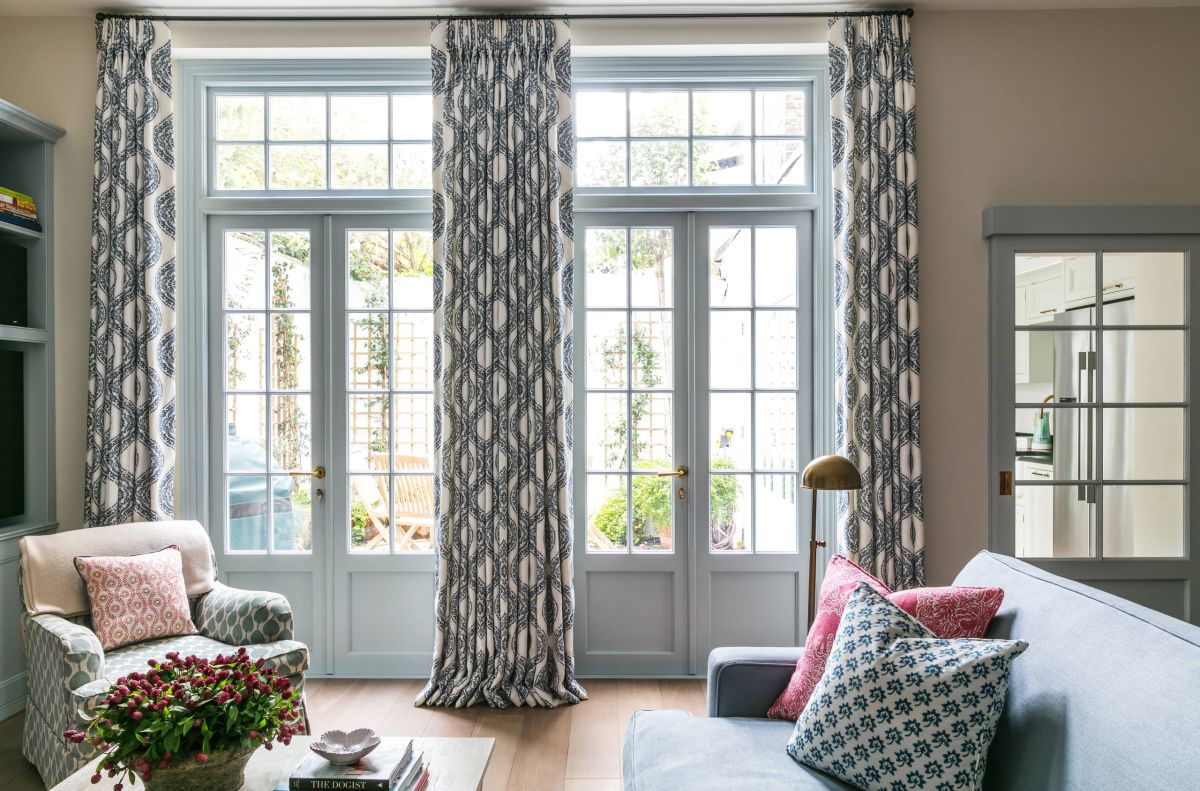
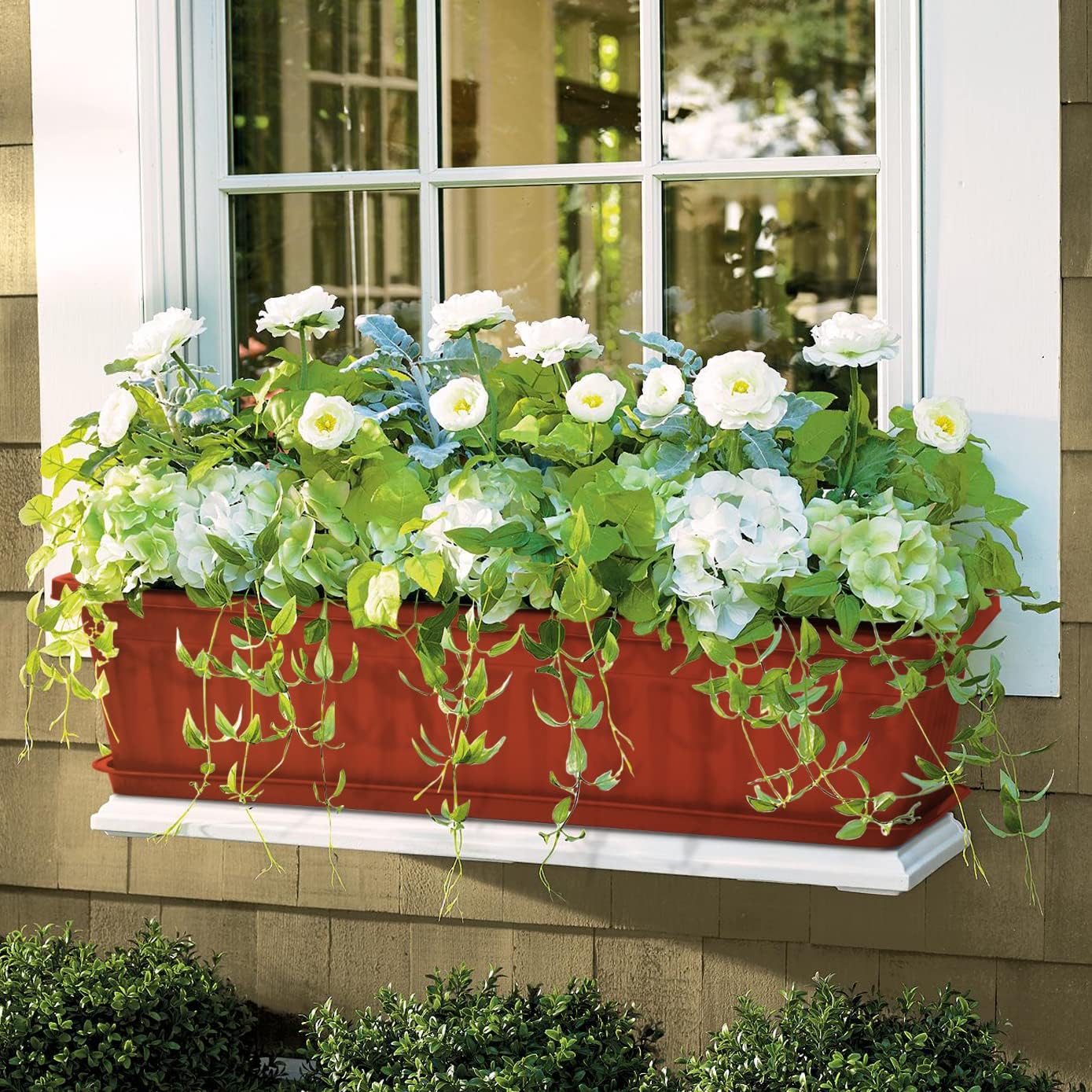
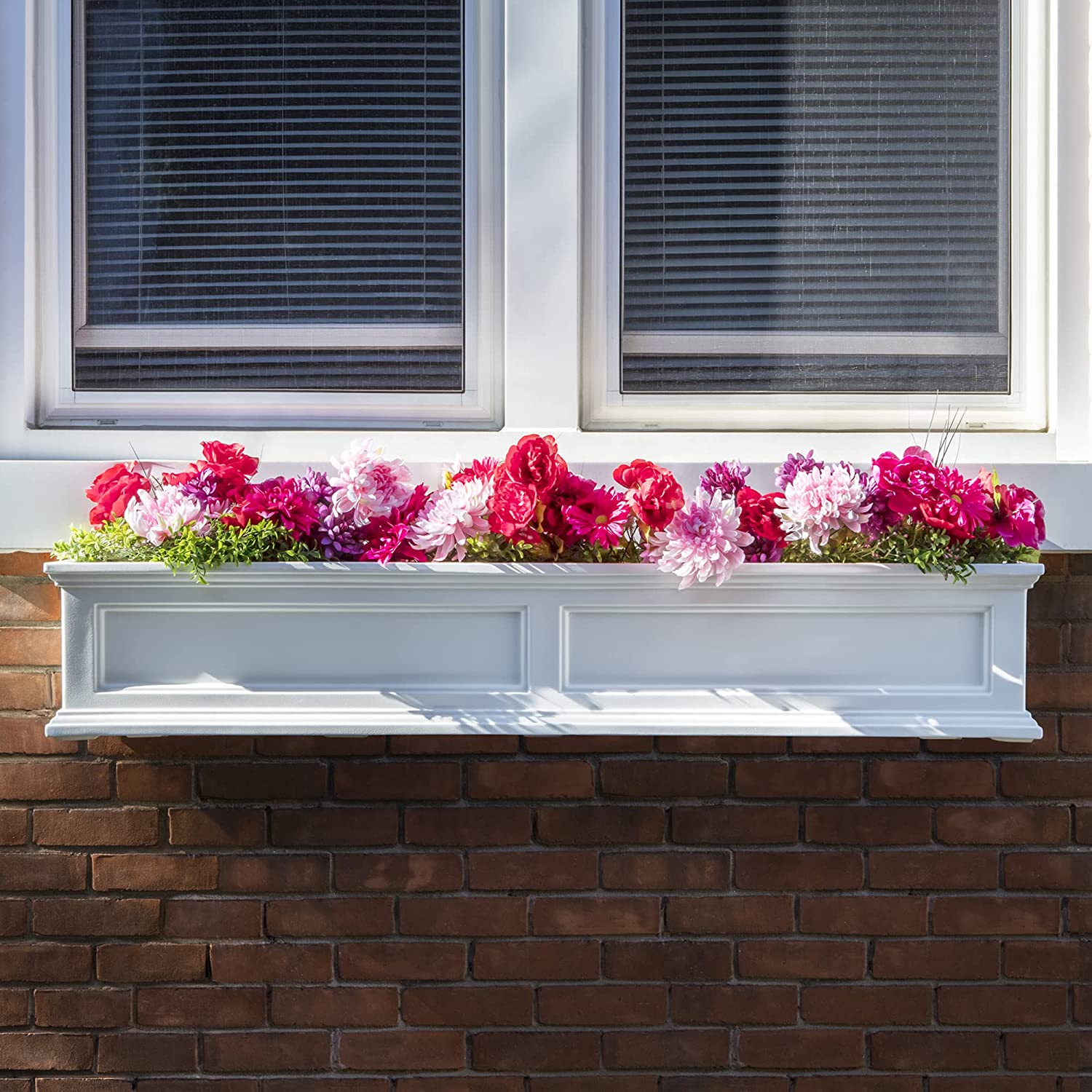
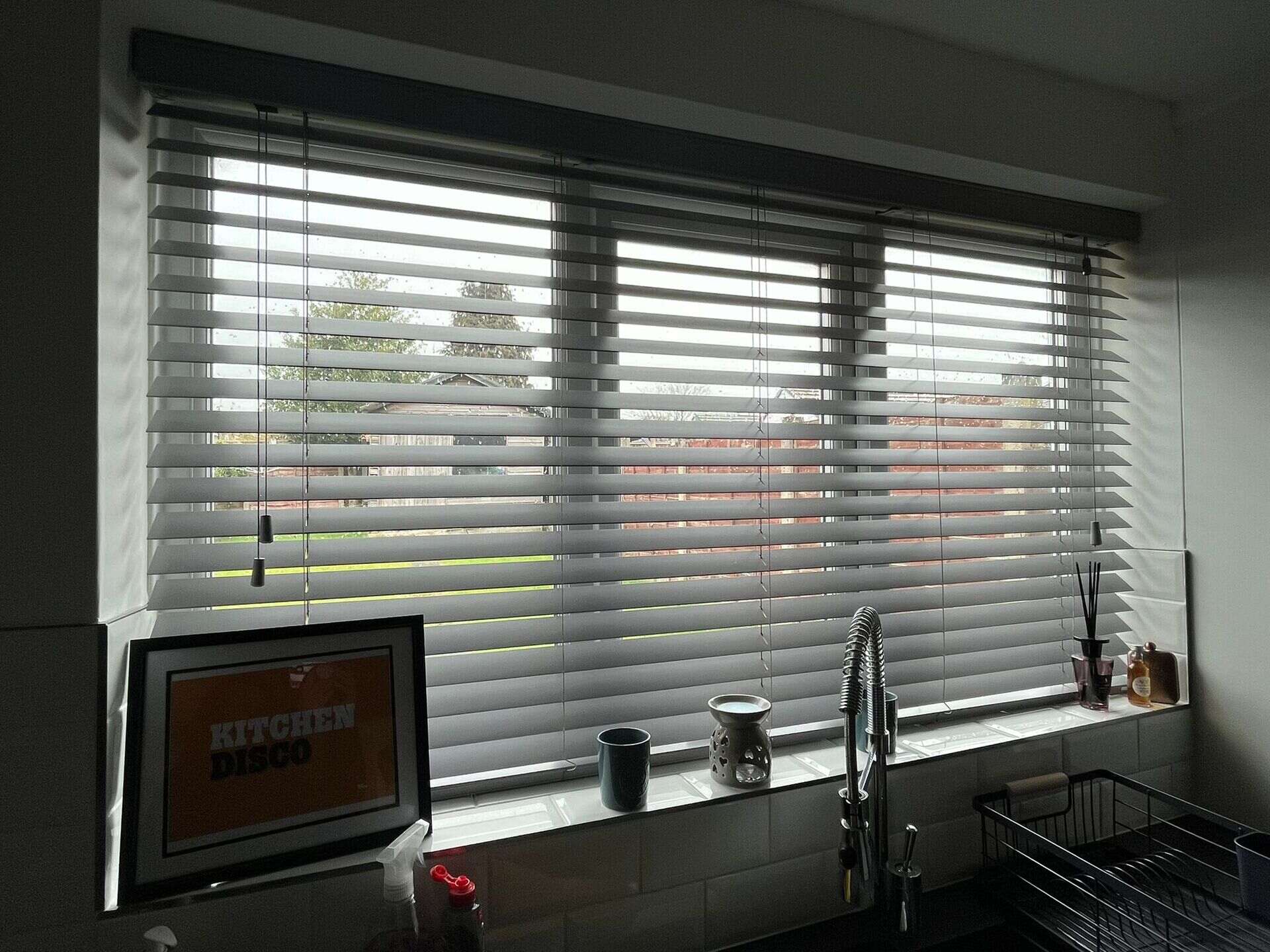
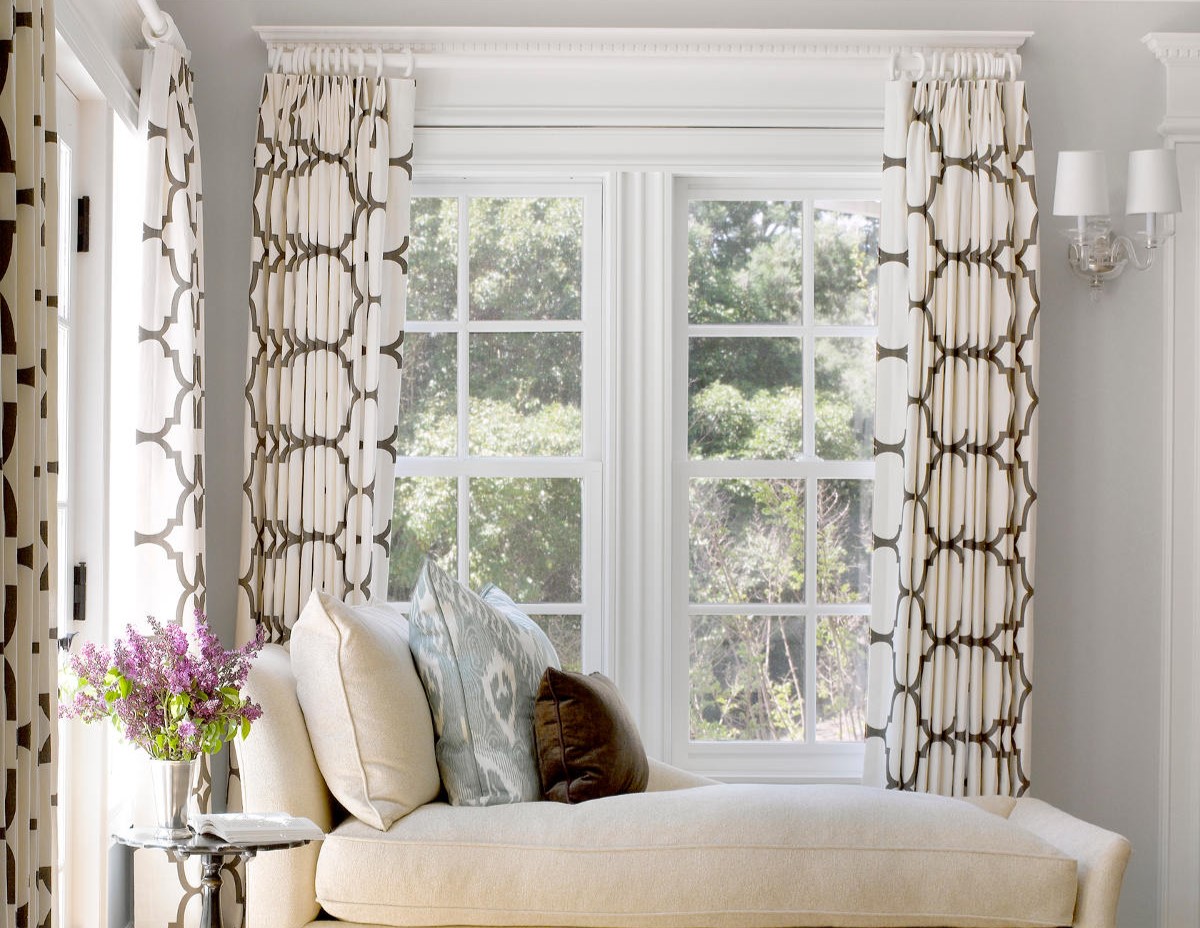

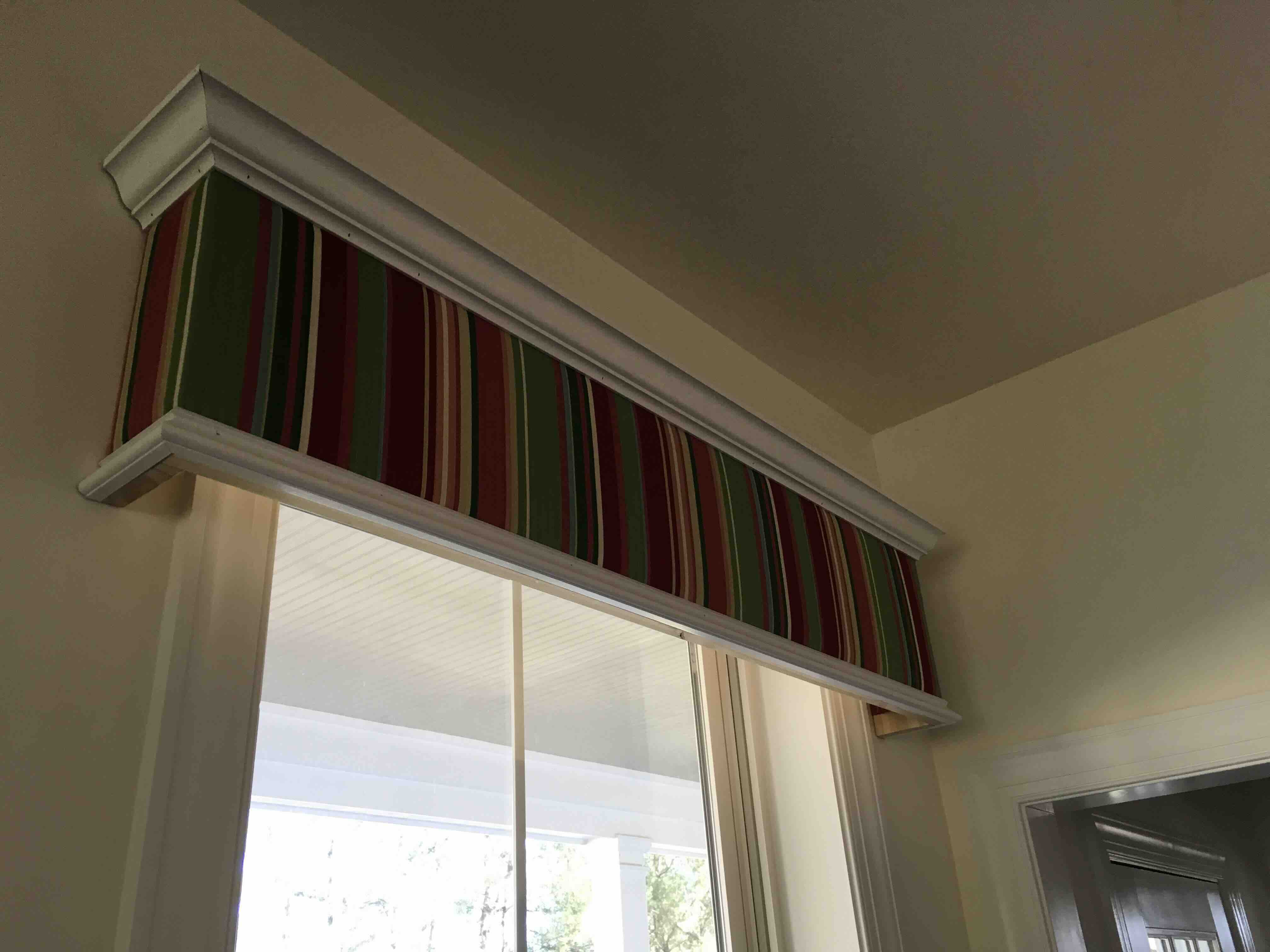
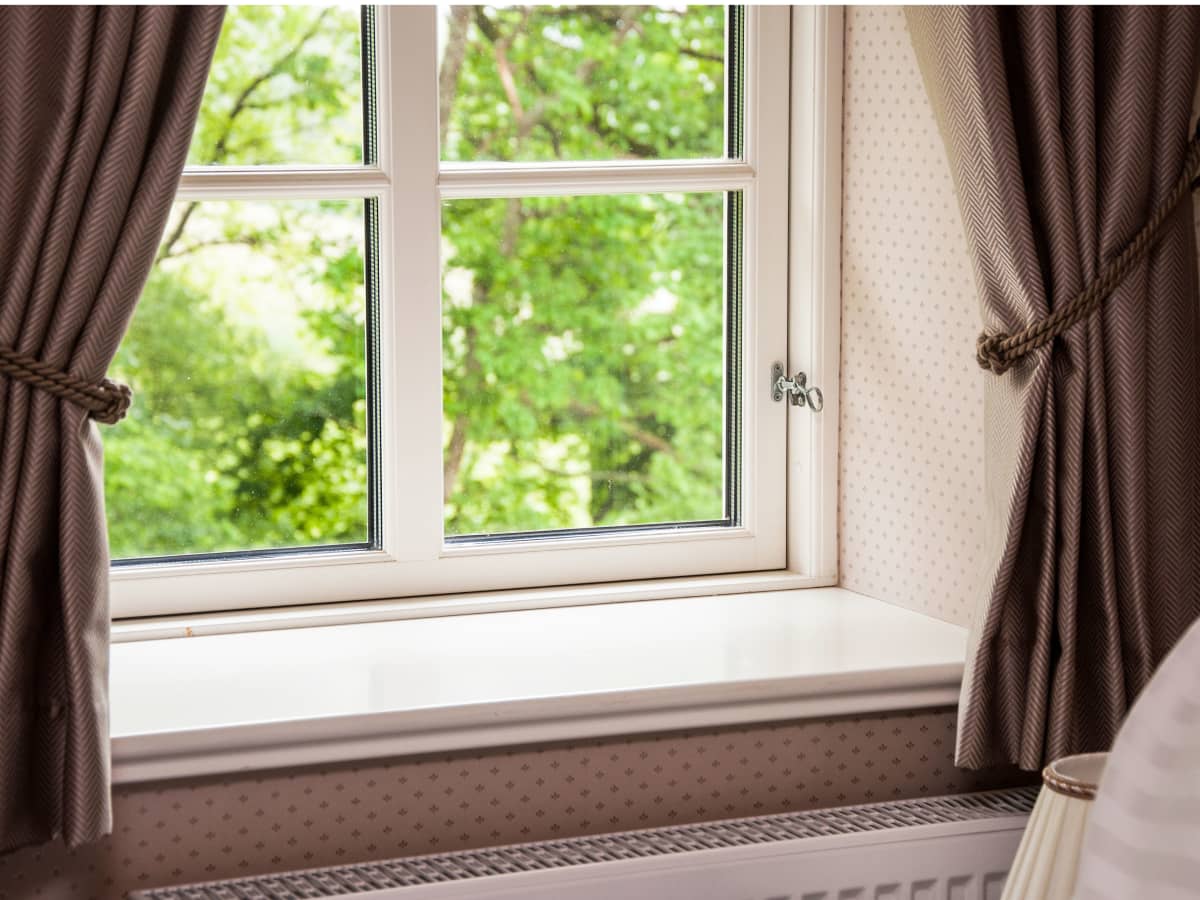

0 thoughts on “How To Hang Window Boxes”